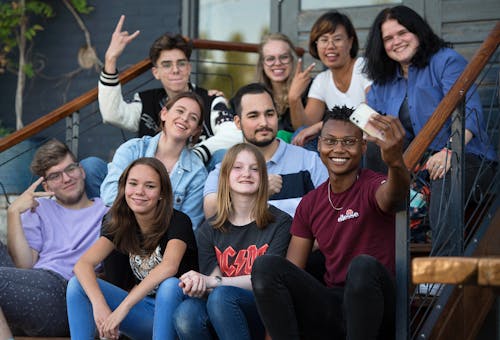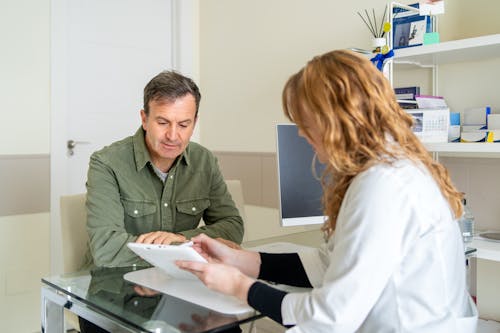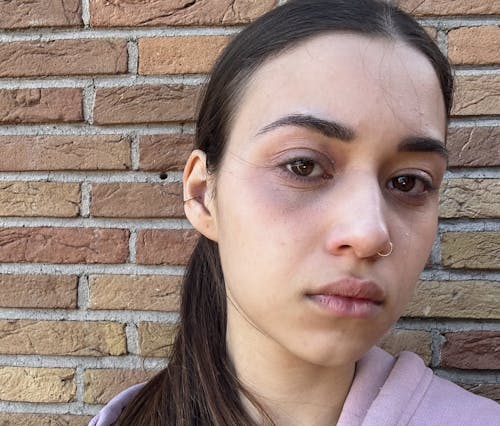HeartEye
HeartEye is the world's first mobile device that produces ECGs to clinical standards. In partnership with the medtech start-up, we developed a supporting app that analyses the heart rhythm, after which medical professionals can read an ECG within one minute.
The most important device for making heart diagnoses is the electrocardiogram machine, or ECG. ECGs are large, stationary and unfriendly devices. As standard, ECGs are made by trained professionals in hospitals. This is time-consuming, expensive and results in a one-time diagnosis. Moreover, most deaths from heart failure (90%) occur outside the hospital. Since one in three deaths in the Netherlands is the result of cardiovascular problems, this problem calls for innovation.
ECGs, but easier
With the smartphone-sized HeartEye device and the supporting app developed by Q42, medical professionals can also record clinical standard ECGs without cables. The handy recorder is pressed against the chest, the linked app analyses the heart rhythm and within one minute an ECG can be read that can be interpreted by the medical professional.
Saving lives
The native iOS and Android app make calculations to create a full-fledged ECG from data from the sensors on the recorder (via BLE). Together with a series of meta values, such as the angle at which the measurement was taken (standing or lying), time, patient ID, etc., the ECG report is stored in a medical portal. In the portal, a cardiologist can make a diagnosis and advise the medical professional. A process that is a lot faster than usual. Therefore, it can save lives. And all this, of course, in accordance with the necessary privacy and security standards.
Ultimate ambition
We are currently working hard to complete and test the application and record all project, product and software documentation in order to ultimately achieve the necessary medical certification and enter the market. This is expected to take place in early 2025. The ultimate ambition is to market an accessible, simple and reliable ECG device that patients can use at home, without the intervention of a cardiologist.
Patient independently applying HeartEye.
Co-financed by the European Union
The development of this revolutionary medical product is made possible by a contribution from the European Regional Development Fund (ERDF). The project is in line with promoting an innovative and smart economic transformation through the introduction of advanced technologies.





